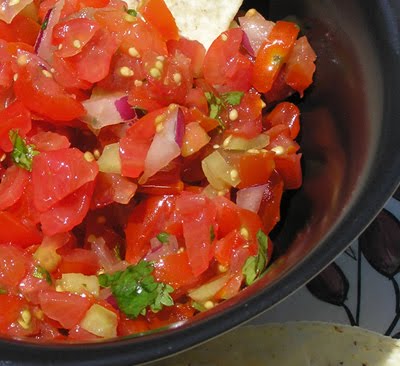 During my last year at school I had the privilege of taking a class titled Prices, Property, and the Problem of the Commons: An analysis of water resources and fisheries economics. Throughout the course we covered topics ranging from the Three Gorges Dam in China to certain lobster harvesting methods in practice in Maine. It was a fantastic course that taught me a lot, but if I had to sum everything up in one sentence it breaks down to the fact that our oceans are severely strained and we drastically need to change the way we think about fishing if demand for seafood continues on its current path.
During my last year at school I had the privilege of taking a class titled Prices, Property, and the Problem of the Commons: An analysis of water resources and fisheries economics. Throughout the course we covered topics ranging from the Three Gorges Dam in China to certain lobster harvesting methods in practice in Maine. It was a fantastic course that taught me a lot, but if I had to sum everything up in one sentence it breaks down to the fact that our oceans are severely strained and we drastically need to change the way we think about fishing if demand for seafood continues on its current path.Don't get me wrong. I love a good Maine lobster every summer. And fish and chips? Yes please. But just as we need to give consideration to the ways we acquire our fruits and veggies, the same applies to that oh so delicate, behind-the-scenes process of how our seafood gets to our plate at home, the restaurant, or wherever.
To get an idea of the impact commercial fishing has had on our oceans, check out this cool video featuring Professor Martin Schreibman of Brooklyn College. His work on urban aquaculture, or the cultivated farming of fish in urban dwellings, is impressive. And the more one learns about the practice, the more apparent it becomes that this is one direction we need to go. Humans have been farming fish for years and years. But the recent advancements in fishing technology, along with our spurred demand from growing populations, has taken a drastic hit on our fishing waters. As noted in the video, 75% of the world's fish species is either fully exploited or depleted, which means serious change will need to come for how we get this food.
Fortunately, options do exist. One such method is aquaponics, which combines the hydroponic growing of fruits and veggies with aquaculture, as explained in Professor Schreibman's video. Essentially, waste from the fish is used as nutrients for the plants, which then return this filtered water back to the fish tanks, resulting in closed loop, organically fertilized water recycling system that requires only a fraction of the inputs needed in typical field agriculture.
At the moment, a San Francisco company called Cityscape Farms is hoping to have one such aquaponic greenhouse installed on a vacant rooftop in the city's southeastern region where the use of solar energy to power the systems can be maximized. With plans to supply its fruits, veggies, and fish to local restaurants and nearby distributors, while also holding farmers markets of its own, this enterprising company has caught some noted attention. One figure who sees the company reaching potential success is Dr. Dickson Despommier, Professor of Public Health in Environmental Health Sciences at Columbia University who is credited with developing the concept of vertical farming. Where does Cityscape Farm's potential success lie? Mainly in the fact that the growth cycles of the plants in these systems greatly outpaces those found in traditional agriculture.
As explained in this article over at GOOD, plants grown in traditional settings expend much energy growing roots downward to search for water and nutrients. Under these hydroponic systems where nutrients from the fish waste are constantly accessible, however, the plants can have shallower root systems and instead use more of this energy on actual vegetative growth. This ultimately results in a system that, according to Cityscape, will allow for the annual production of over 100 tons of food in a 20,000 sq. ft. area.
Considering this breaks down to a yield of 10 lbs of food per sq ft, one can only be impressed by the level for potential success. Production numbers like these, coupled with the fact that the greenhouses are planned to be run almost entirely off the grid, makes it tough to find much that's fishy about a process like this.


No comments:
Post a Comment